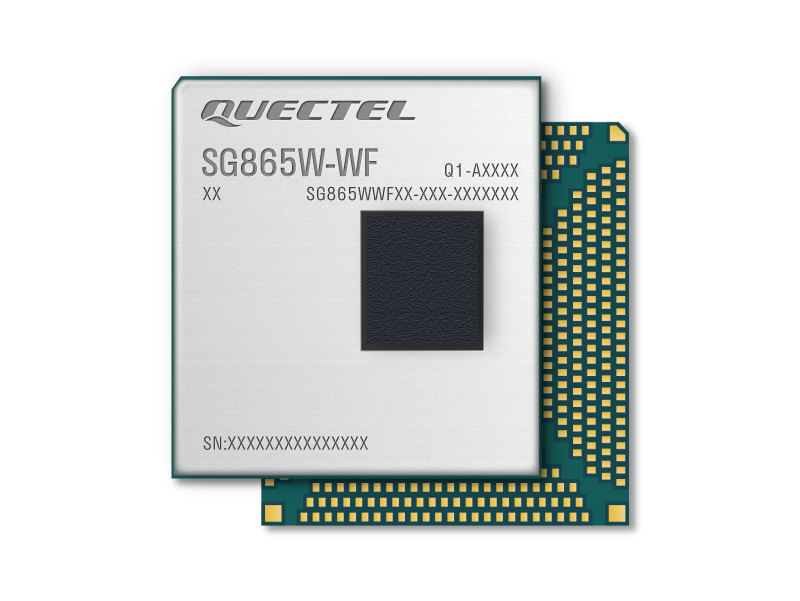How to meet Southeast Asia’s need for smart IoT speed
Southeast Asia is poised for massive growth in smart IoT, with revenues set to reach more than US$50 billion by 2030, according to Statista projections. This growth comes from the high-speed innovation in electronics that is pervasive across the region, growing smart city projects, and the unstinting support provided by government initiatives. In addition, demand for industrial IoT continues, creating a diverse market for smart IoT systems that encompasses smart cities, smart homes, and AIoT.
Research from consulting firm McKinsey has estimated that the market for smart mobility applications in Southeast Asia could reach US$70 billion, while opportunities to make the built environment smarter could be worth up to US$26 billion. With greater urbanization expected, it’s clear that the smart cities market holds the key to improving citizens’ quality of life and managing environmental pressures.
That level of projected growth demands fast introduction of new products and accelerated development cycles to ensure time to market is minimized and competitive advantage is protected. To address the entire market, maximum flexibility is needed, so device designers need to be able to access a comprehensive range of connectivity, computing, and multimedia options. These should be offered already integrated into as few components as possible to simplify product design and eliminate integration delays.
Related products
The need for speed is a key goal for Southeast Asia smart IoT organizations, but it cannot come at the cost of neglecting quality, the customer experience or the cost efficiency of the next wave of smart IoT devices. Developers need to innovate fast but also maintain quality control and security, and ensure the user experience is attractive. Being able to specify unified modules that can deliver multiple advanced functionalities out of the box without customization is an essential enabler of these goals.
Vendors have risen to the challenge. Quectel, for example, offers smart modules that combine Wi-Fi, Bluetooth, and cellular solutions with powerful computing and reliable connectivity. These offer Linux and Android operating systems, rich multimedia capabilities, and flexible wireless connectivity. Intelligence at the edge in IoT starts with connected smart modules, and Quectel is focused on helping developers to create intelligent devices with common obstacles already addressed. Quectel also aims to address the need to accelerate by enabling simplification of the overall design.
To share experiences of how the Southeast Asian IoT ecosystem is developing around smart IoT devices, Quectel recently hosted a Masterclass for embedded developers, products managers, FAEs, and IoT project leads. The Masterclass, titled ‘How to deploy faster in Southeast Asian IoT markets with smart modules’, was hosted by Davis Li, the senior product manager for smart modules at Quectel, and Ming Zhao, the product development manager for short range at Quectel.
The speakers detailed why edge intelligence starts with smart modules and how to achieve smarter wireless integration before sharing real world use cases from the Southeast Asian market. The webinar can be viewed here.




